The herniated disc is the most common spinal condition treated with decompression therapy. Spinal compression causes disc herniations to expand and put pressure on surrounding spinal nerve roots, creating a painful situation. Decompression treatment helps take the pressure off the damaged discs so the disc herniation will shrink back closer to its original size.
Degenerative disc disease is another common condition frequently treated with decompression therapy. Loss of disc height can be exacerbated by spinal compression and can cause the vertebral bodies to move closer together. This causes nerve compression and often other forms of common back pain. Decompression can eliminate this overwhelming pressure on the degenerated discs and help reduce or eliminate painful symptoms.
Another condition that is treated with spinal decompression is Facet Joint Syndrome. Unfortunately, of all the spinal conditions, this one shows the least promising results for permanent pain relief. Conceptually, facet syndrome causes pain due to arthritic changes in the vertebral bones. Decompression can help to create more space between the vertebrae, hopefully reducing painful symptoms.
Medical research has shown non-surgical decompression therapy demonstrates good to excellent statistical results for long term pain relief with little or no loss of time work, no unsightly surgical scarring, less post rehabilitative therapy and a faster recovery time getting back to the activities of daily life.

